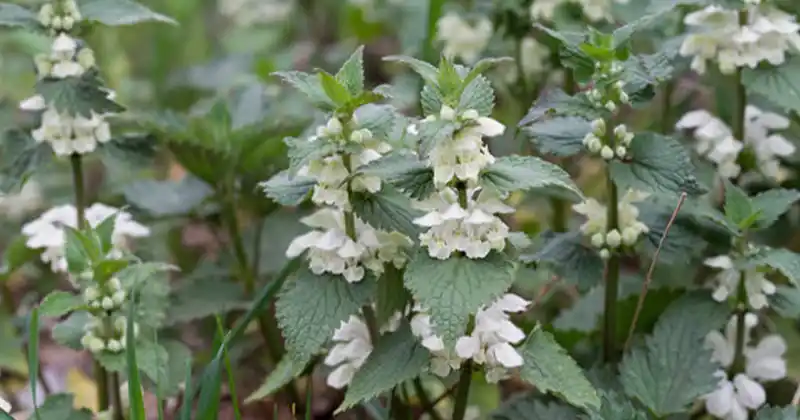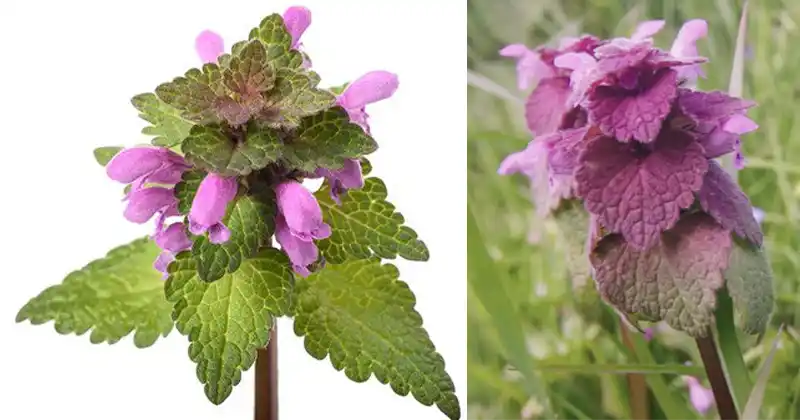How to Prepare Roses for Winter: A Comprehensive Guide
Preparing your roses for winter is essential to protect them from harsh conditions and ensure they thrive come spring. Here’s a detailed guide based on various expert sources:
#1 Start Preparations in Summer:

- Cease Fertilizing: Stop applying granular fertilizer by mid-August. This prevents the rose bush from active growth during the first hard freeze, which can be damaging.
- Watering: Continue regular and deep watering until the first freeze. Roses need about 2 gallons of water per week. Deep watering at the base helps prevent fungal issues.
- Stop Deadheading: Cease deadheading or removing old blooms by the end of August. This signals the rose bushes to slow down and strengthen their winter reserves.
#2 Pruning and Disease Prevention:
- Prune After Dormancy: Once roses have gone dormant, typically after several days of frost, prune the canes down to about half their height, except for climbing roses. This prevents damage from heavy snow and winds.
- Disease Management: Clean up fallen leaves and debris to prevent fungal diseases from overwintering. Applying a dormant spray like lime sulfur once temperatures fall below freezing can help start the next season with a disease-free bed.
- Prevent Critters: Surround the plant or bed with hardware cloth to prevent animals from damaging the plants during winter.
#3 Mulching and Insulating:
- Hilling and Mulching: Mound up compost or soil around the base of the rose to about 12 inches. This protects the base even if canes die back. Mulch choices include shredded leaves, pine needles, or wood chips.
- Additional Protection in Cold Zones: In colder zones, wrap the entire plant in burlap filled with leaves for insulation. You can also use rose collars filled with mulch or bury the rose in a trench and cover it with soil.

#4 Special Considerations for Different Rose Types and Zones:
- Climbing Roses: Secure and protect their long canes, especially in windy climates. Cut back fragile tops and wrap in burlap for additional protection.
- Container Roses: Choose hardy varieties and use large containers for insulation. Keep them watered and wrap the pots for temperature stability. Alternatively, store them in an unheated shed or garage.
- Zone Variations: The extent of winter preparation depends on your zone. In zones 1-6, roses need extra protection, while in zones 7-13, they may need little beyond a layer of mulch.
#5 Monitoring and Spring Uncovering:
- Monitor for Bud Break: In spring, check for signs of bud break and remove covers gradually to avoid overheating and to help roses transition out of dormancy.
By following these detailed steps, your roses will be well-prepared to withstand the winter and bloom beautifully in the spring. Remember, the specific needs may vary based on your climate and rose variety, so it’s important to tailor these steps to your garden’s unique conditions.




















